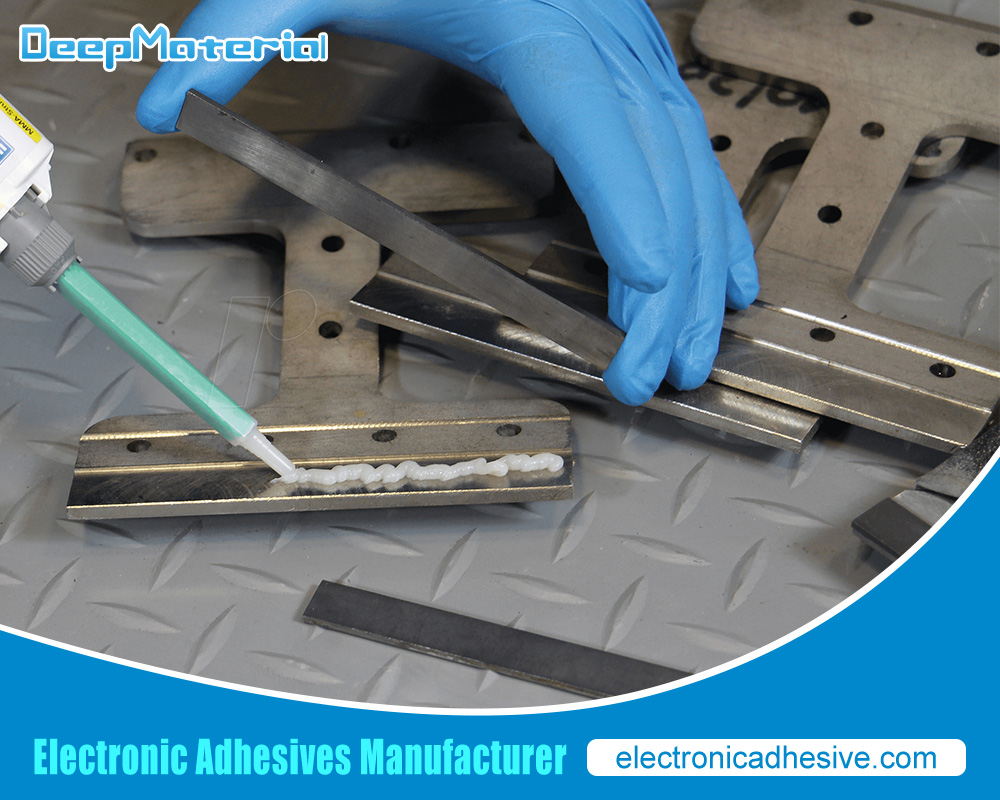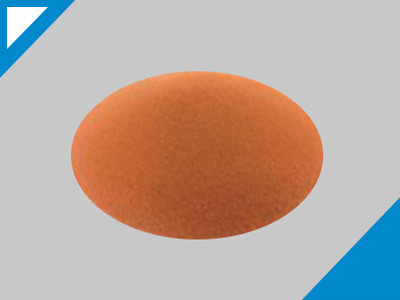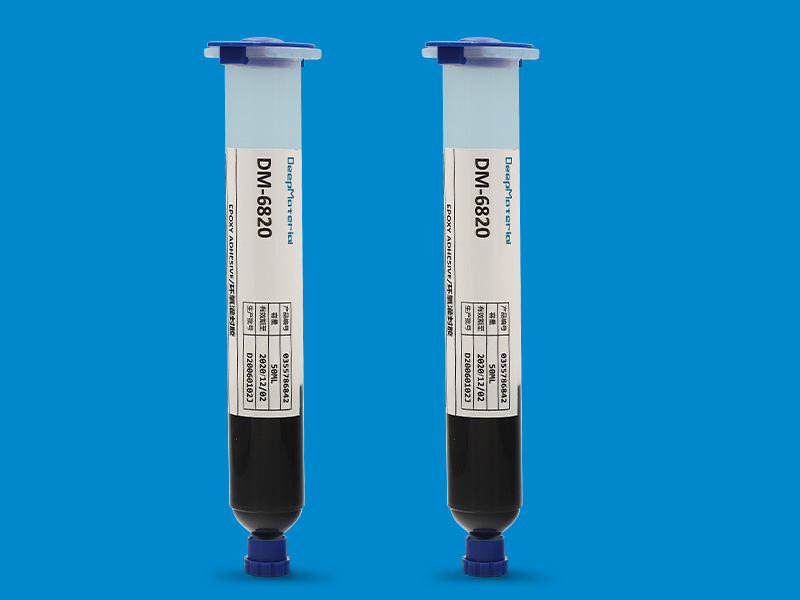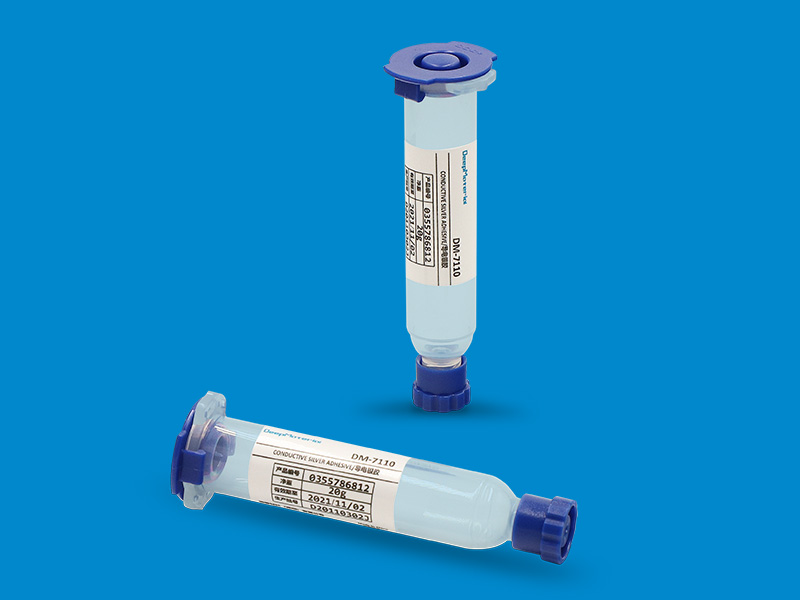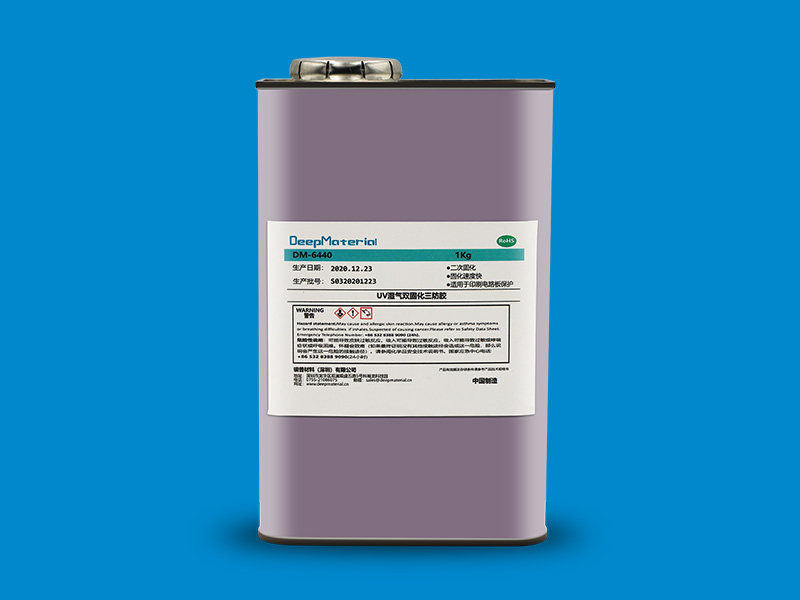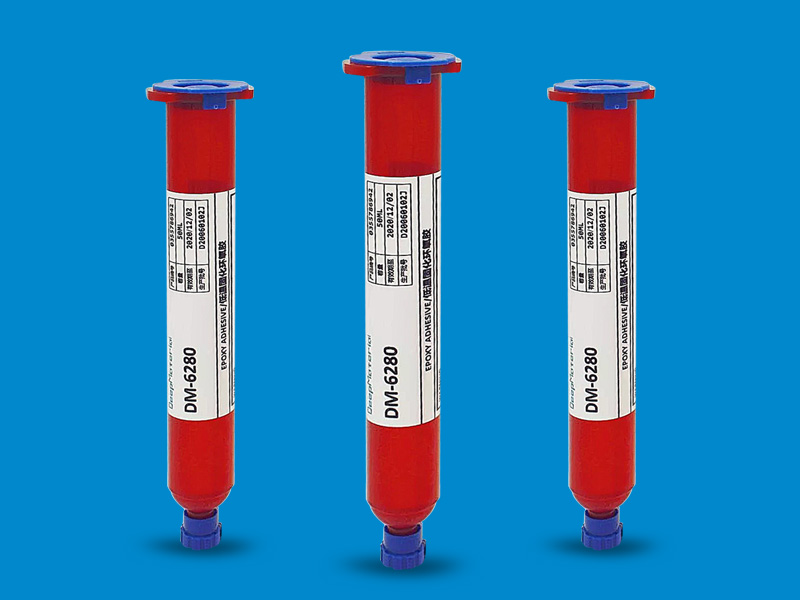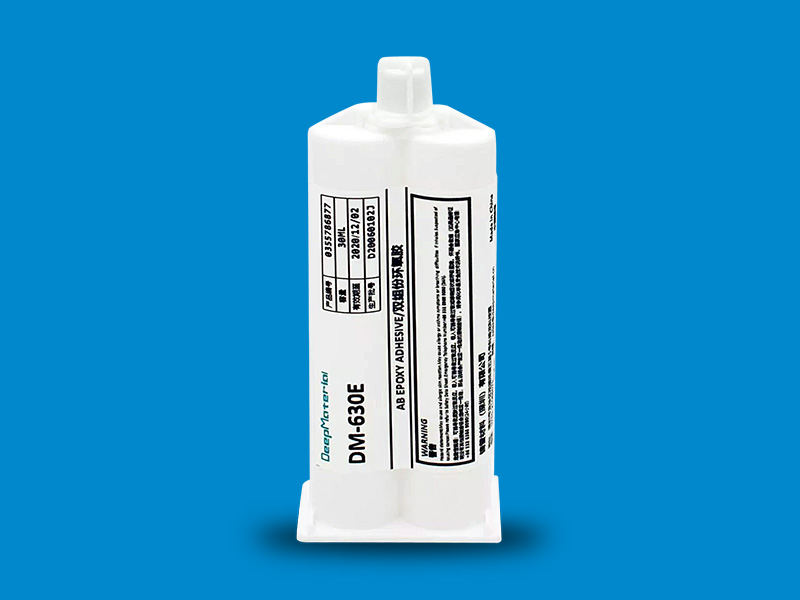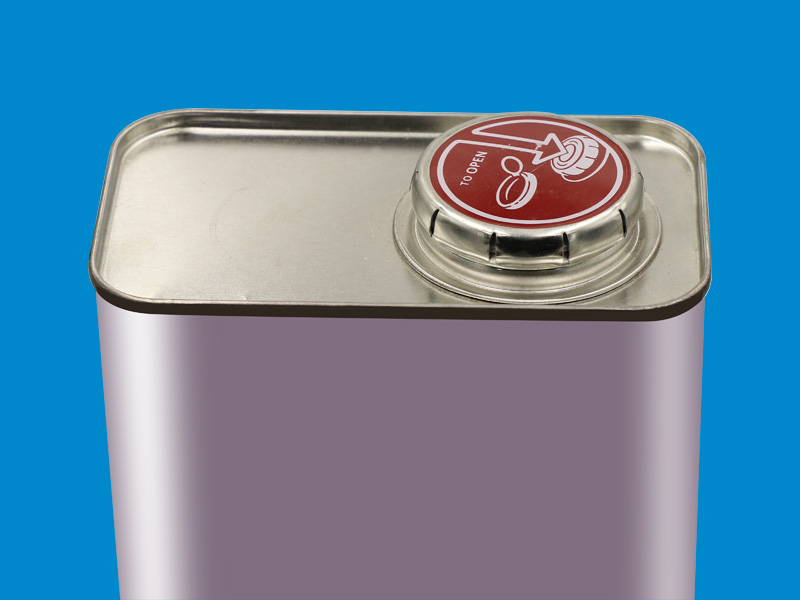Potting Material for Electronics: A Comprehensive Overview
Potting Material for Electronics: A Comprehensive Overview
In the world of electronics, ensuring the durability and longevity of components is paramount. Potting materials is one of the most effective methods to protect electronic assemblies. Potting involves encasing electronic components in a solid or gel-like substance, protecting against environmental factors such as moisture, dust, shock, and vibrations. This article explores the types of potting materials, their properties, applications, and the benefits they offer to electronic devices.
What is Potting?
Potting is a manufacturing process in which electronic components are embedded in a protective compound. This compound is often a resin that solidifies over time, creating a robust barrier around the components. Potting is essential for many applications, including automotive, aerospace, consumer electronics, and industrial devices. Manufacturers can significantly enhance their performance and reliability by encasing components in potting materials.
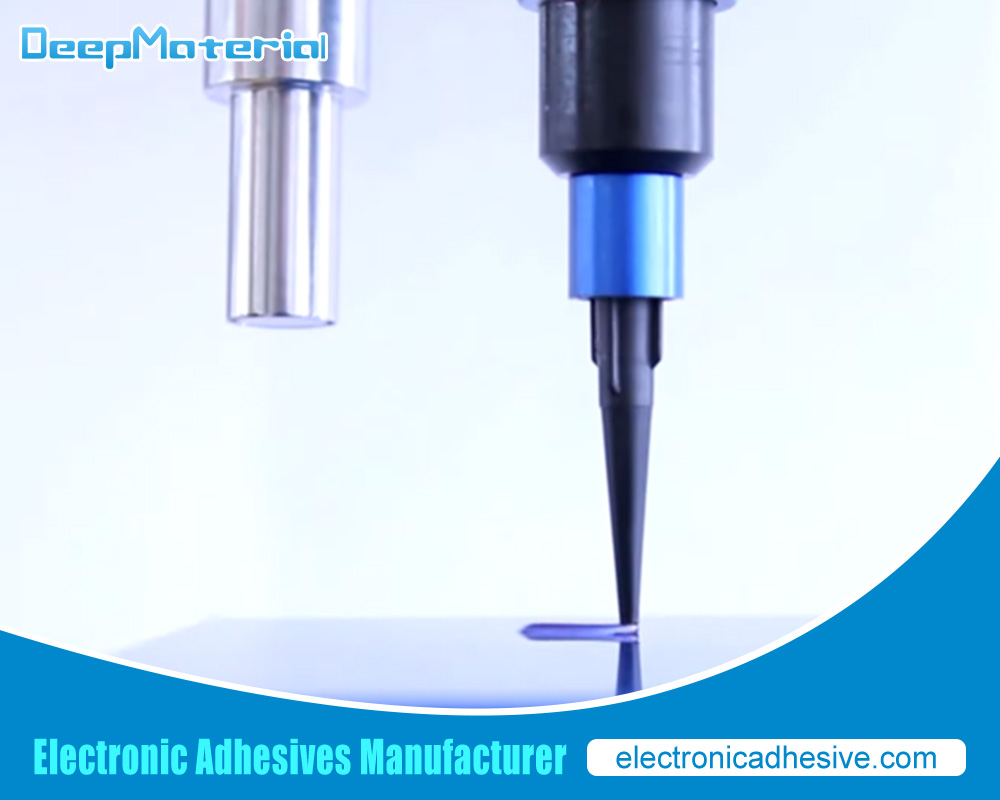
Types of Potting Materials
Several potting materials are available on the market, each with unique properties suited for different applications. Here are some of the most commonly used potting materials:
Epoxy Resins
Epoxy resins are among the most popular potting materials due to their excellent adhesion, chemical resistance, and durability. They provide a stiff and rigid potting solution, making them ideal for mechanical strength applications. Epoxy resins are also moisture-resistant and can withstand extreme temperatures, making them suitable for harsh environments.
Properties:
- High strength and rigidity
- Excellent moisture resistance
- Good thermal conductivity
- Wide temperature range (typically from -40°C to 150°C)
Applications:
- Aerospace and defense electronics
- Automotive sensors and modules
- Industrial controls
Polyurethane
Polyurethane potting materials are flexible and provide excellent cushioning for electronic components. This flexibility makes them ideal for applications where components may experience shock or vibration. Polyurethane is also resistant to water, chemicals, and UV radiation, making it suitable for outdoor applications.
Properties:
- Flexible and resilient
- Good chemical and UV resistance
- Low thermal conductivity
- Excellent adhesion to various substrates
Applications:
- Consumer electronics
- Automotive components
- Medical devices
Silicone
Silicone potting materials are known for their exceptional flexibility and high-temperature resistance. They can endure extreme temperature fluctuations and provide excellent moisture resistance, making them ideal for applications where thermal expansion and contraction are a concern.
Properties:
- High flexibility and elasticity
- Excellent temperature resistance (-60°C to 200°C)
- Good electrical insulation properties
- Superior moisture resistance
Applications:
- Outdoor lighting fixtures
- HVAC equipment
- Marine Electronics
Acrylics
Acrylic potting materials are often used in applications requiring transparency, as they allow visual inspection of the potted components. They cure quickly and offer good moisture resistance. However, acrylics are generally less intense than epoxy or polyurethane, making them less suitable for high-stress applications.
Properties:
- Quick curing time
- Good moisture resistance
- Transparent finish
- Moderate chemical resistance
Applications:
- LED lighting
- Display technologies
- Consumer electronics
Selection Criteria for Potting Materials
When selecting a potting material, manufacturers must consider several factors to ensure optimal performance:
- Environmental Conditions: Assess the electronic device’s operating environment. If it will be exposed to moisture, chemicals, or extreme temperatures, choose a potting material that offers appropriate resistance.
- Mechanical Requirements: Evaluate the mechanical stresses the device will face. Rigid materials like epoxy may be better for applications requiring high strength, while flexible materials like polyurethane are ideal for devices subject to vibration or impact.
- Thermal Conductivity: Consider the heat generated by electronic components. Materials with good thermal conductivity can help dissipate heat, preventing overheating and extending the device’s lifespan.
- Curing Time: Depending on production timelines, manufacturers may need potting materials with specific curing times. Fast-curing materials can speed up production but may have different mechanical and thermal properties.
- Cost: Budget constraints will also influence material selection. While some potting materials offer superior performance, they can be more expensive.
Benefits of Using Potting Materials
Utilizing potting materials in electronic assemblies offers numerous advantages:
Protection Against Environmental Factors
Potting materials create a robust barrier against moisture, dust, chemicals, and contaminants. This protection is vital in ensuring the reliability and longevity of electronic components.
Vibration and Shock Absorption
Flexible potting materials absorb vibrations and shocks, preventing damage to sensitive components. This is particularly important in applications like automotive electronics, where devices may be subjected to constant movement and impact.
Thermal Management
Potting materials can enhance thermal management by dissipating heat away from electronic components. This helps prevent overheating, which can lead to component failure.
Electrical Insulation
Potting compounds provide excellent electrical insulation, reducing the risk of short circuits and electrical failures. This is especially important in high-voltage applications.
Enhanced Mechanical Strength
Potting materials can improve the mechanical strength of electronic assemblies, providing additional support and stability. This is critical for components exposed to mechanical stresses during operation.
Application Examples
- Automotive Electronics: In vehicles, electronic modules must withstand harsh conditions, including extreme temperatures, moisture, and vibrations. Potting materials like epoxy and polyurethane are commonly used to encapsulate automotive sensors, control modules, and connectors, ensuring reliability and performance.
- Aerospace and Defense: Electronic systems must meet stringent reliability standards in aerospace applications. Potting materials protect sensitive components from environmental stressors and ensure they operate effectively under extreme conditions.
- Consumer Electronics: Smartphones, tablets, and wearable devices often utilize potting materials to protect internal components from moisture and dust. Flexible potting compounds help absorb shocks from drops and impacts, enhancing the durability of these devices.
- Medical Devices: Potting materials play a critical role in medical electronics, protecting against moisture and contaminants. Devices such as sensors, monitors, and control units benefit from potting to ensure their safety and reliability.
Challenges and Considerations
While potting materials offer numerous benefits, there are also challenges associated with their use:
- Heat Generation During Curing: Some potting materials, particularly epoxies, can generate heat during curing. This heat can affect sensitive electronic components, necessitating careful temperature control.
- Removal and Repair: Once an element is potted, it can be challenging to access for repairs or modifications. This is especially important to consider in applications where devices may require servicing or upgrades.
- Cost Implications: High-performance potting materials can be more expensive, impacting production costs. Manufacturers must balance the need for protection with budget constraints.
- Curing Conditions: Some potting materials require specific conditions, such as humidity or temperature control. Proper curing can be critical to achieving the desired mechanical and electrical properties.
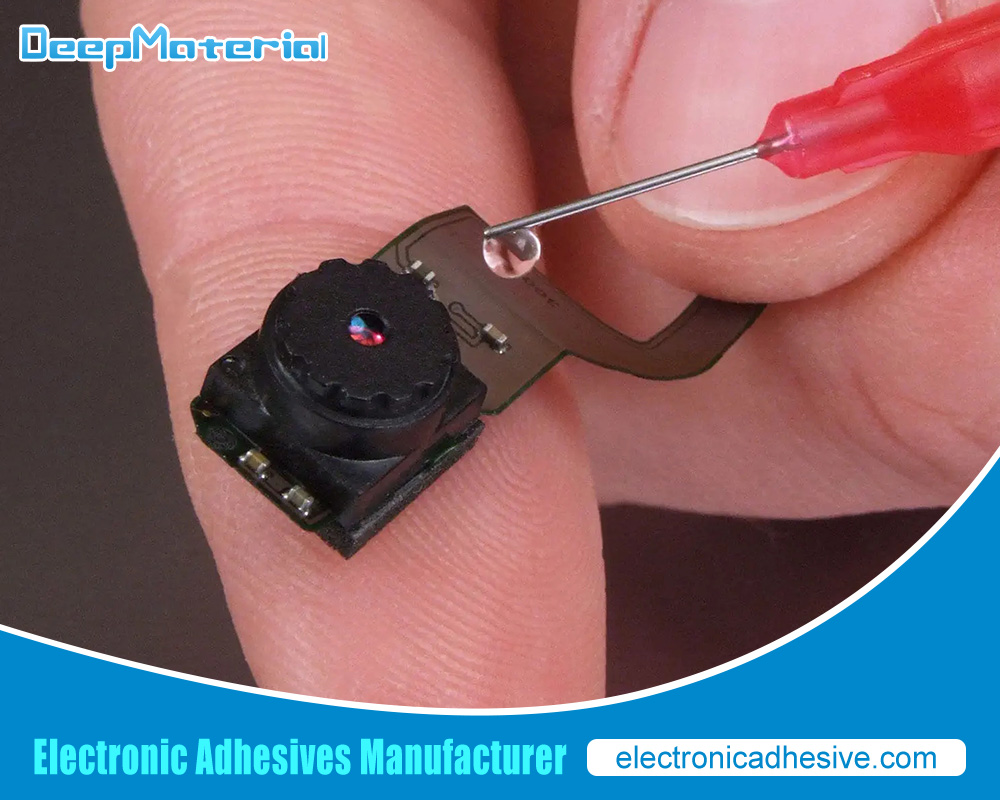
Conclusion
Potting materials are essential in the electronics manufacturing industry, offering protection, durability, and reliability to electronic assemblies. Various potting compounds are available so manufacturers can choose the most suitable material based on environmental conditions, mechanical requirements, and cost considerations. Despite some challenges associated with potting, its benefits make it a crucial process in ensuring the performance and longevity of electronic devices across numerous industries. As technology advances, the demand for effective potting solutions will only increase, driving innovation in potting materials and applications.
For more about choosing the Top Potting Material for Electronics: A Comprehensive Overview, you can pay a visit to DeepMaterial at https://www.electronicadhesive.com/ for more info.


